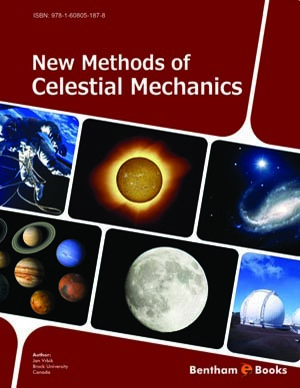Abstract
Fundamental aspects of pulsation theory are brie y discussed such as the solution of the hydrodynamic equations by means of perturbation theory and the important role of opacity. The concept of pressure and gravity modes is introduced. A discussion of regularities in frequency and period spacing in the asymptotic limit leads to the idea of using the large and small separations for estimating the mean density and age of the star. The Petersen diagram is often used for radial modes, but results can be a ected by metallicity and rotation. The e ects of rotation on the pulsation frequencies profound: even slow rotation can destroy the regularities in frequency and period spacing predicted by the asymptotic approximation. Nonperturbative methods of solution for models of rapidly rotating stars o er promising prospects. The excitation mechanisms at work in di erent classes of stars are discussed. The role of convection in driving and damping of pulsations is still poorly understood, in spite of recent advances. Solution of the full nonlinear pulsation equations is the ultimate goal, but at present this is still con ned to radial pulsation. Nonlinear e ects which determine the mode amplitude are brie y discussed. Much e ort has been devoted to develop methods which allow mode identi cation using multicolour photometry or high-resolution spectroscopy. The advantages and drawbacks of each method discussed. In the conclusion, the topics which require further study are highlighted and brieefly discussed.




